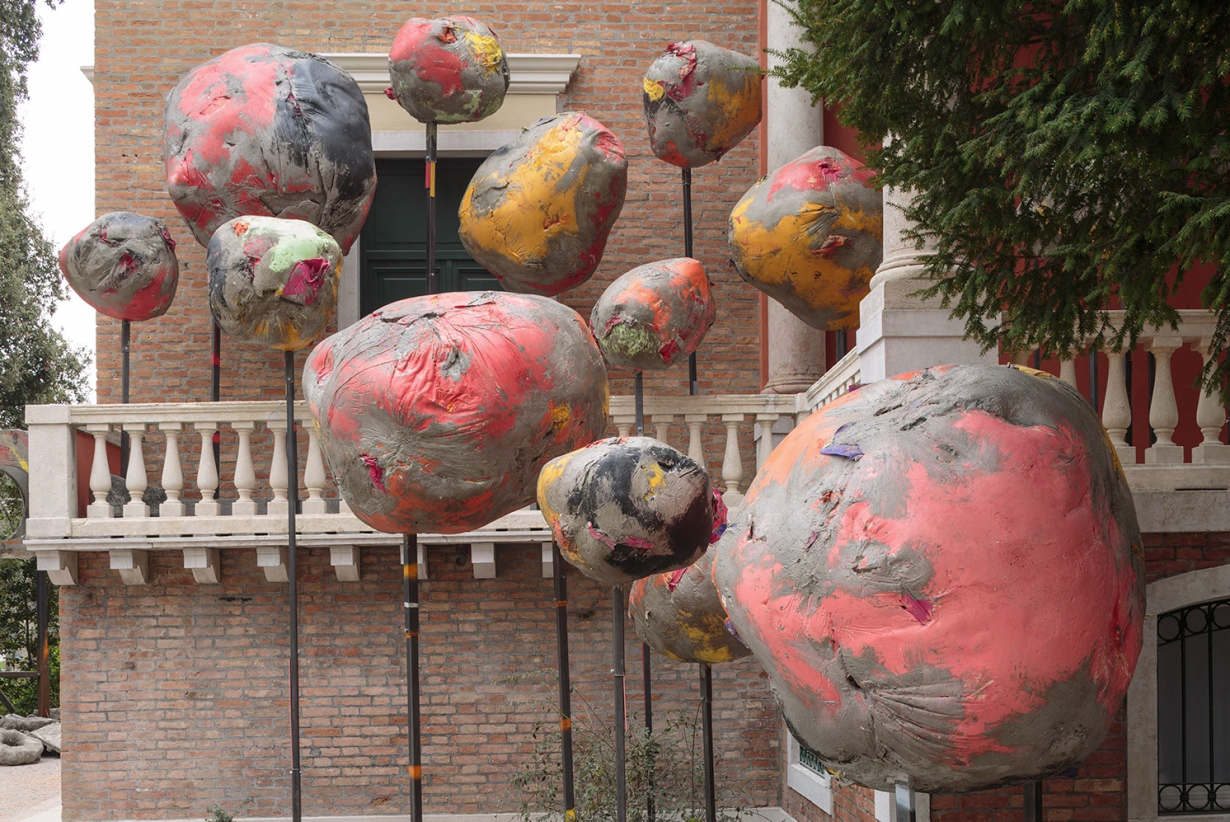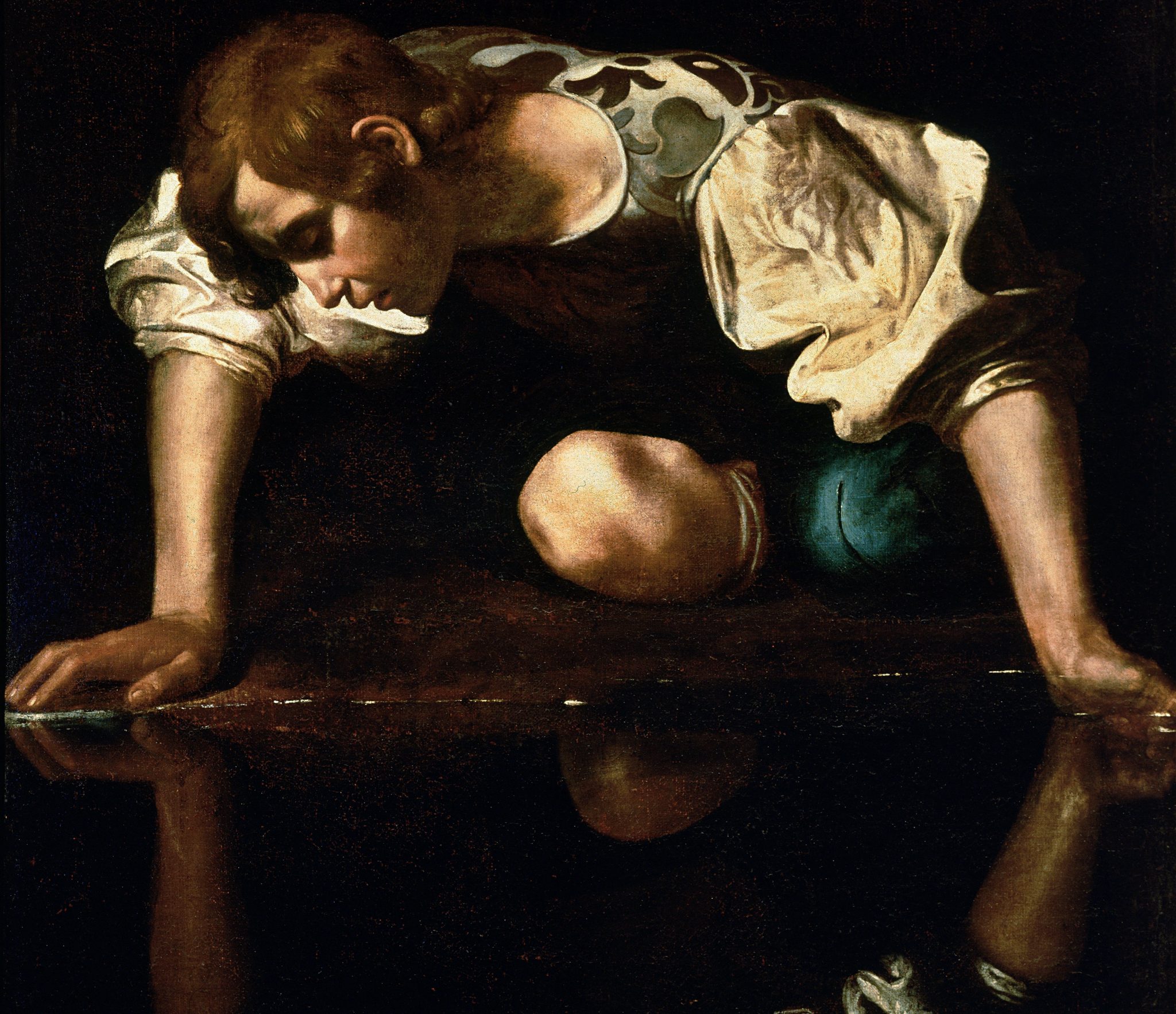Seen when young, unseen in middle age, seen again as you get older. Does that sound familiar? If so, you may be an artist
A friend of mine told me some years ago that, in his opinion, the worst thing about getting older was that “you become invisible to women”. He’s approximately fifteen years older than me and thus, where I am concerned, something of an oracle. Catching up with him recently, though, he waxed nostalgic for his invisibility era, having discovered something worse still. He was visible again – but mortifyingly so, because people on public transport were offering him, a perceived codger, their seat. Seen when young, unseen in middle age, seen again as you get older: does that sound familiar? If so, you may be an artist. During the last decade or so, the contemporary artworld has done some very public atoning for former exclusions: it has belatedly spotlighted, if sometimes self-servingly, artists of colour, LGBTQ+ artists, women artists – particularly old or deceased ones – and artists in general who don’t hail from Europe or the United States. Superficially at least, the artworld now looks inclusive, everyone welcome. But – and I hear about and witness it regularly, because it’s my age group and a lot of my friends are artists – there’s a missing demographic.
When you’re young, attractive, frothing with ideas that appear at least somewhat new, and perhaps posting multiple studio selfies daily to Instagram, the artworld is potentially your oyster. When you’re wrinkly and decrepit, haven’t had a show since the early 1980s but have perhaps been a respected teacher whose students now namecheck you, or your old work looks uncannily like other people’s new work and there’s a lot of it mothballed away, galleries are more likely to come knocking in hopes of snagging your estate when you take your soon-to-come dirt nap. Today’s financialised artworld, in this respect, is a cross between Logan’s Run – that 1970s sci-fi flick wherein the hippie edict that you shouldn’t trust anyone over thirty gets allegorised in a society that offs its citizens at that age – and a predatory pseudo-gerontocracy. But in between there’s a big trench with a lot of artists from their late forties up to their sixties lying dazedly in it.
What hit them? Answers aren’t hard to fathom. Many artists map out an aesthetic, or a conceptual territory, in their earlier years, and then proceed to make minor variations on it. Or they make bold stylistic changes, following their instincts and their restlessness, but the market – which today prizes brand recognition – doesn’t really want that. Whichever way they go, anyway, at their heels is another generation or two with ideas that seem more culturally relevant, sporting the glittering crown of youth. And the artist who’s merely producing variations on ten years ago – or, perhaps, is making what to them feel like large leaps, but to others might look like microscopic advances, such changes being typically more visible to the artist than to others – looks a bit predictable and inert.

For the art market – and this part has been true for decades; even now-revered figures like Ed Ruscha and Bruce Nauman had midlife reputational dips – such artists’ work is both a bit too recent and familiar and, paradoxically, not old enough to look fresh again. If they have shows, they’re often not written about. A major but lengthily occluded artist, your Phyllida Barlow, say, needs to be lucky or highly determined to survive this phase, not least if they’ve also picked up a professorship that leaves them less time to innovate in the studio. So many midcareer artists end up being just teachers, at best. Others fall out of the system altogether. This process is particularly hard on women, as they age, due to residual artworld sexism and because looks have become part of the package of being an artist, an element in the self-marketing that’s come to define twenty-first-century work culture.
’Twas not always thus, of course. Look at the Ab-Ex bros: Willem de Kooning had his first solo show when he was forty-four, Barnett Newman when he was forty-five. (Franz Kline rocketed out of the gates by comparison, debuting at a mere forty.) That is, they were admired in their prime after a hard-won process of arriving at something original, and not before. While susceptible to romanticisation – there’s probably a reason they were all alcoholics – this seems a bit healthier than what we have, not that it’s likely to come back in a hurry.
A few substantial, anti-meritocratic conditions would have to transform, including the wider cultural obsession with youth and the artworld’s obsession with novelty, short-term signature styles, etc. Or simply one thing: that we run out of worthwhile geriatric-or-dead artists to bring back, every last person included in a yellowing pre-1990s Documenta or Whitney Biennial catalogue having been dragged screaming into the brightly lit white cube, reassessed, reified, prices hiked. Then who’s left? Who’s still invisible? All these people whose work you might remember from 20 years ago, still determinedly working, and at least some of them making better art than in their salad days. Bold tastemakers, the trench is this way.
